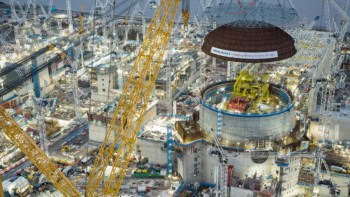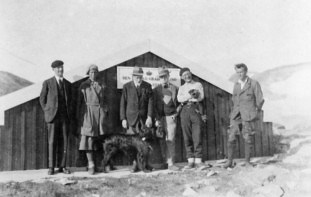With the COP26 climate summit underway in Glasgow, Physics World Weekly is bringing you a two-part series on climate change. Last week’s episode explored how extreme heat will affect global health and the challenges faced by climate modellers. Today’s episode is focussed on climate solutions.
First up I look at some of the latest developments in energy research – wind, solar, nuclear and energy storage. I’m joined by Daniel Kammen from the University of California, Berkeley, in the US, whose research interests span renewable energy, nuclear power and public policy.
Next, I turn my focus to buildings and infrastructure. Smart meters and sensors might be helping to reduce building energy usage. But what’s harder is knowing the carbon footprint of building materials throughout their entire lifecycles. Fortunately, researchers such as Arpad Horvath, an environmental engineer at the University of California, Berkeley, are starting to tackle these data gaps.

Getting physical with the climate crisis
Finally, I look at carbon capture and storage (CCS), the process of capturing CO2 and sequestering it in geological formations. I speak with Martin Blunt an engineering physicist at Imperial College London and Juan Alcalde Martín, a geoscientist at the Geo3bcn research lab in Barcelona. As both guests explain, CCS has been around for decades but there are still big challenges in scaling up the technology to have a significant impact on carbon emissions.
Learn about the latest climate science by signing up to Environmental Research 2021, a free to attend virtual conference 15–19 November hosted by IOP Publishing.



